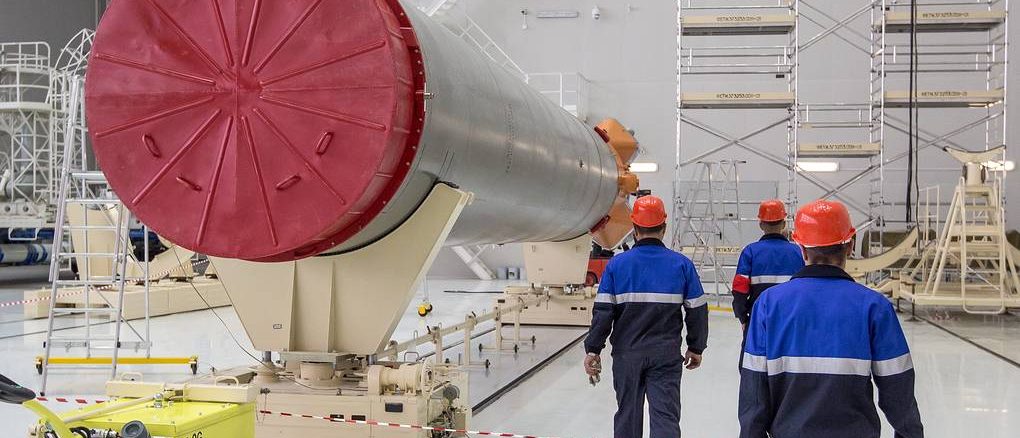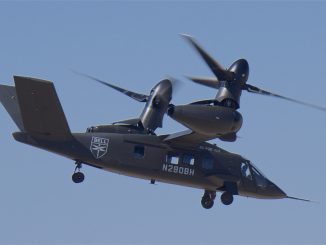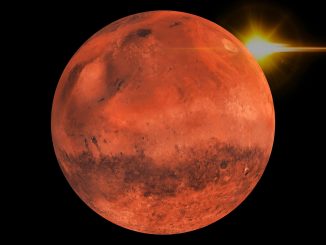
Twenty eight years ago the Soviet shuttle programme was shut down, yet stories about the possible revival of the Energia rocket or even the winged Buran orbiter have popped up at intervals. Then in 2012, the Russian space agency endorsed a long-term plan potentially leading toward a super-heavy launcher.
GKNPTs Khrunichev in Moscow, manufacturer of the Proton rocket, drafted a pair of giant launchers designated Amur-5 and Yenisei-5. Amur-5 was basically another version of the Angara-100 whereas the Yenisei-5 featured a drastically different approach. Standing 75 metres tall, the rocket would use a core stage powered by three hydrogen-fed RD-0120 engines, which according to GKMPT, could be revived after the demise of the Energia rocket whose core stage was propelled by four RD-0120 engines.
The use of liquid hydrogen on the core stage as oppose to kerosene fuel would sharply increase the capability of the proposed launch vehicle, enabling it to deliver 125 tons to the low Earth orbit. The payloads to be sent beyond the initial low Earth orbit would be further increased by the use of hydrogen on a proposed space tug dubbed KVTK. It would serve as the third stage of the Yenisei-5 rocket. The launch vehicle would be based at a launch site in Vostochny in the Russian Far East.
The central core stage would ignite on the launch pad simultaneously with four kerosene-fuelled strap-on boosters equipped with existing RD-170 engines. GKNPTs Khrunichev was certain that the first stage modules would be able to be transported by rail but the expected diameter of the first stage is likely to make this near impossible unless railway lines, tunnels and other infrastructure en-route to eastern Russia is rebuilt.
Thoughts of reviving the technology and architecture of the Energia rocket, were floated by RKK Energia during 2007-2008. This configuration would resemble the original rocket but differ in the placement of the payload section at the top of the rocket, rather than in a side-mounted container. The idea was shelved until 2012 when Roskosmos took an interest and in December, Gennady Raikunov, the head of TsNIIMash research institute responsible for long-term strategy of the Russian space program, told the Interfax-AVN news agency, that the first launch of the super-heavy rocket based on Amur and Yenisei designs would take place from Vostochny in 2028.
Huge investments would be required for such a programme and many Russian rocket propulsion experts appear to be of the opinion that the RD-0120 engine would have to be developed essentially from scratch, as most of its critical infrastructure no longer exists.
Alternative proposals
By 2013, RKK Energia in Korolev and TsSKB Progress in Samara, the manufacturer of the Soyuz and Energia rockets, were both revising their own concepts of super-heavy vehicles. While RKK Energia’s designs were known to be based on the Sodruzhestvo concept, revived a year earlier, TsSKB Progress was yet to unveil its architecture. In March, the head of the company, Aleksandr Kirilin told a local news network that TsSKB Progress would within a month, propose a heavy launcher with a payload of 70 tons to Roskosmos. He also pointed out that any ambitious exploration programme aimed at the Moon or Mars would need two launchers with payloads of 70 and 130 tons. According to Kirilin, TsSKB Progress, along with RKK Energia and GKNPTs Khrunichev had been studying such designs.
Propulsion alternatives
Although most designs of heavy and super heavy rockets in Russia relied on tried and tested RD-170, RD-180 and RD-0124 engines, new engine designs were also under consideration. In April 2012, the Interfax AVN news agency reported that RKK Energia and Keldysh Centre proposed that the Scientific and Technical Council at Roskosmos consider the use of the RD-175 engine, then under development at NPO Energomash in Moscow, for the project of a super-heavy rocket. Few details on RD-175 were available, besides its 1 000 tons of thrust. A designation indicated that it might be derived from RD-170/171 and, thus, used liquid oxygen and kerosene. At the time, NPO Energomash completed the preliminary design of the engine and was assembling an experimental unit to test its key design features.
The Yenisei launch vehicle is designed to loft payloads weighing 70-80 tons into orbit, and is being developed in a bid to maintain Russian competitiveness with the United States’ SpaceX Falcon Heavy and NASA’s Space Launch System (SLS) launch vehicles, as well as the Chinese Long March 7 heavy launch vehicle that is being developed by the China Aerospace Science and Technology Corporation. A successfully developed Yenisei will provide Russia with a launch capability that can service deep space exploration and missions to the Moon, Mars, and other bodies in the Solar System.



